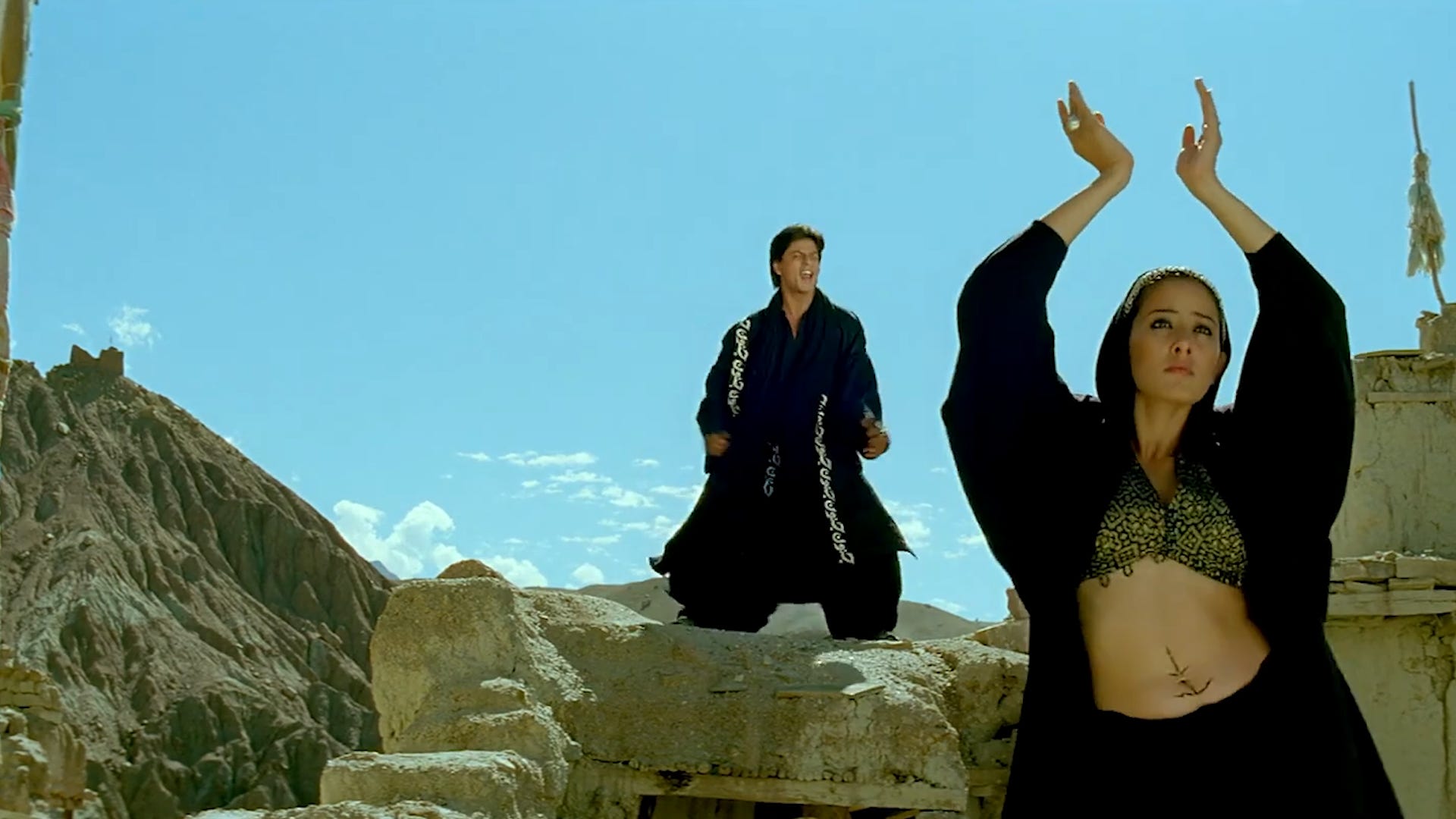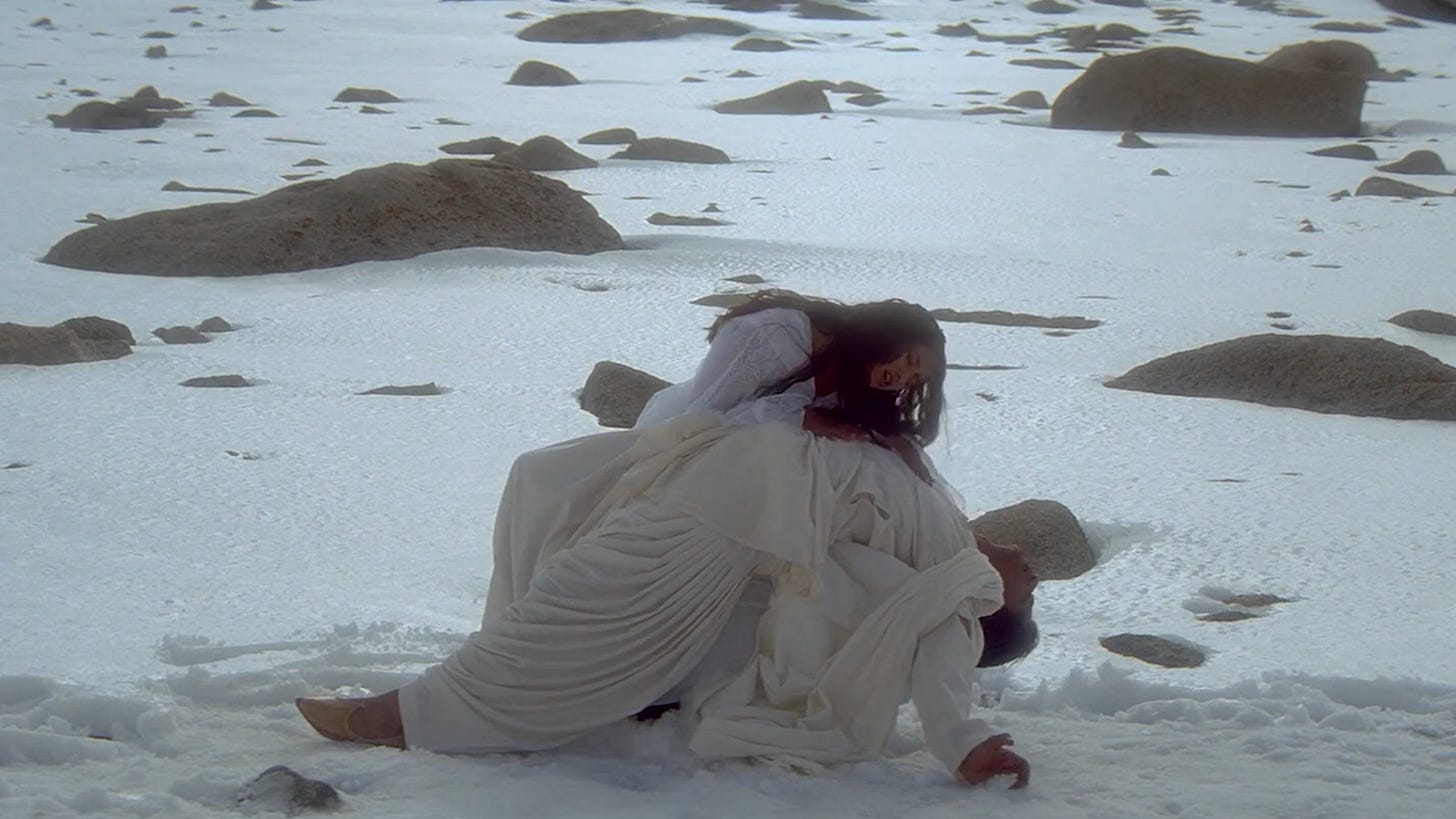1998. The world was taken by a 30-year old Indian superstar dancing atop a train. The movie was Dil Se, the song was Chaiyya Chaiyya and the superstar was none other than Shah Rukh Khan. Last month the film completed 26 years. It followed radio broadcaster Amar Varma and his frenzied, somewhat stalker-ish, obsession for Meghna, a member of a separatist group from Kashmir. The film itself hasn’t aged very well over the last two decades but what has is the music. Unforgettable.
The movie was filled with big names. Across from Khan was Manisha Koirala and Preity Zinta. Directed by the maestro of romance Mani Ratnam with Santhosh Sivan’s world-class camera, dialogues by Tigmanshu Dhulia, lyrics by the poet Gulzar, and music by the one, the only, A.R Rahman.
The film had another big name. Farah Khan. The now world-renowned choreographer, director and YouTube extraordinaire had given Indian audiences new ways to move in Dilwale Dulhaniya Le Jayenge and Dil Toh Pagal Hai. She did nothing less than create country-wide hysteria with her choreography for Chaiyya Chaiyya.. But celebrating that hip smacking success is not why we’re gathered here today. We want to talk about Satrangi Re.
Satrangi Re is what Dil Se attempted to be, boiled down into a six-and-a-half minute fantasy song sequence. Pictured across 4 seasons, 7 outfit changes and the brilliant landscape of Ladakh in the North of India, the song became embedded in public history in the late 90s. Satrangi means seven. The title is referring to the Arabic concept of the seven stages of love; the theme for the entire film itself. Attraction or dilkashi, infatuation or uns, love or ishq, reverence or akidat, worship or ibaadat, obsession or junoon, and death or maut. Each phase is shown through Koirala’s outfit changes and Gulzar’s ingenious lyrics. In the song, Shahrukh Khan’s outfit remains unchanged; a black kurta and payjama with a matching shawl. As the song progresses it gets muddier and muddier.
For composer A R Rahman, Satrangi Re was the starting point for the unforgettable album. According to him, director Mani Ratnam refused to give him a synopsis of the film. “But he said, I will give you a clue. This one is about the seven stages of love.” Satrangi Re begins with a female voice wailing. Singer Kavita Krishnamurthy’s voice echoes through the rough and dry terrain of Ladakh. Once there, the beat kicks in. The plucking of what sounds like a rabab fills our ear as Sonu Nigam begins to croon “Tu hi tu, tu hi tu, Satrangi re,” “It is you, it is you, you are all seven shades of love.”
Manisha Koirala begins to dance. When tasked with a song by A R Rahman one has to think outside the box. Farah Khan does. Her choreography draws inspiration from across the board. Where on one hand you have almost flamenco-type arm flares, on the other balletic lines are being incorporated. There is also the Indian ghoomar and the Bollywood must-have, hip thrusts. And while this creative porridge of dance moves lends well to the culturally diverse song, the execution leaves much to be desired. Standing on the uneven rocks of Ladakh’s mountains, Koirala looks unbalanced and her lines look messy. I wonder if there are simply too many steps for the song to hold? Santhosh Sivan’s poetic camera work does enhance and sometimes save the pictures being created by Khan and Koirala’s bodies. But it is sometimes too busy to focus.
However, there are moments that stand out and shine. Koirala is dressed in a yellow, flowy outfit. Her underskirt is a warm, orangish yellow which she exposes in a reverse sequence. The image of this flouncy skirt, swishing with the wind against the brown, dull background is one that stays etched in one's memory. As does what is popularly known as the “condom dance.”
The first time Khan steps out of his all-black fit in this song is for a sequence where both him and Koirala dance a duet in a red, flexible tube on the banks of the Pangong Lake. It does in fact look very comdom-y. With the helpless creativity on dance reality shows now, this experiment would’ve seemed banal. But in the 1990s, Khan’s “protection is best” policy altered the brain chemistry of audiences.
My favourite section in this song has to be the phase of junoon or obsession. Koirala enters the frame running in a purple outfit, the camera runs in behind her. Khan is already there, jumping and convulsing in his obsessive frenzy. He jumps down to his knees and starts enacting maatam, a way of grieving where you repeatedly slap your body. He rotates his body, creating circles upon circles, Sivan’s camera follows suit and goes around this spectacle, cutting between magnifications of the same sight. You will see a similar movement in another one of Farah Khan’s choreographies, though in a completely different context: Tumse Milke Dil Ka from her directorial debut Main Hoon Na.
A mention is necessary for Sivan’s marvellous camera work. He has captured Ladakh’s culture, a rare sight in mainstream Bollywood, with wonder and awe. The movements of his camera enhance the different moods in the song; obsession, infatuation, love, death. The stillness in it creates pictures, moments you can remember like when the two actors dance in front of a flaming tree. The dull background, the tree on fire and Koirala’s wonderfully bright yellow outfit creates a composition for the ages.
At the end, Sonu Nigam sings the iconic line “Mujhe maut ki god me sone de,” “allow me to sleep in the lap of death.” Khan lays down over Koirala’s lap while surrounded by snow. The two are dressed completely in white; the colour worn at most Indian funerals. This moment foreshadows what is to come in the film. It will be because of Koirala’s character, Meghna, that the two will meet death.
Satrangi Re was born at a time of political strife and social awakening. India had entered liberalisation, the country was engaged in a cold war with its neighbour Pakistan, and it had just delivered roaring hits at the box office such as Kuch Kuch Hota Hai. It was this environment of change that created one of India’s most celebrated song sequences.
Audio edited by Shashwat





